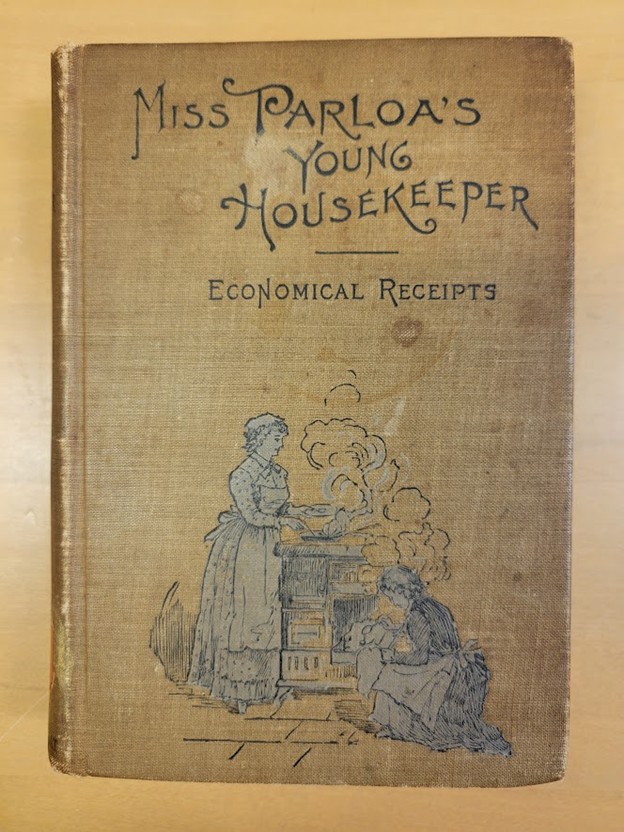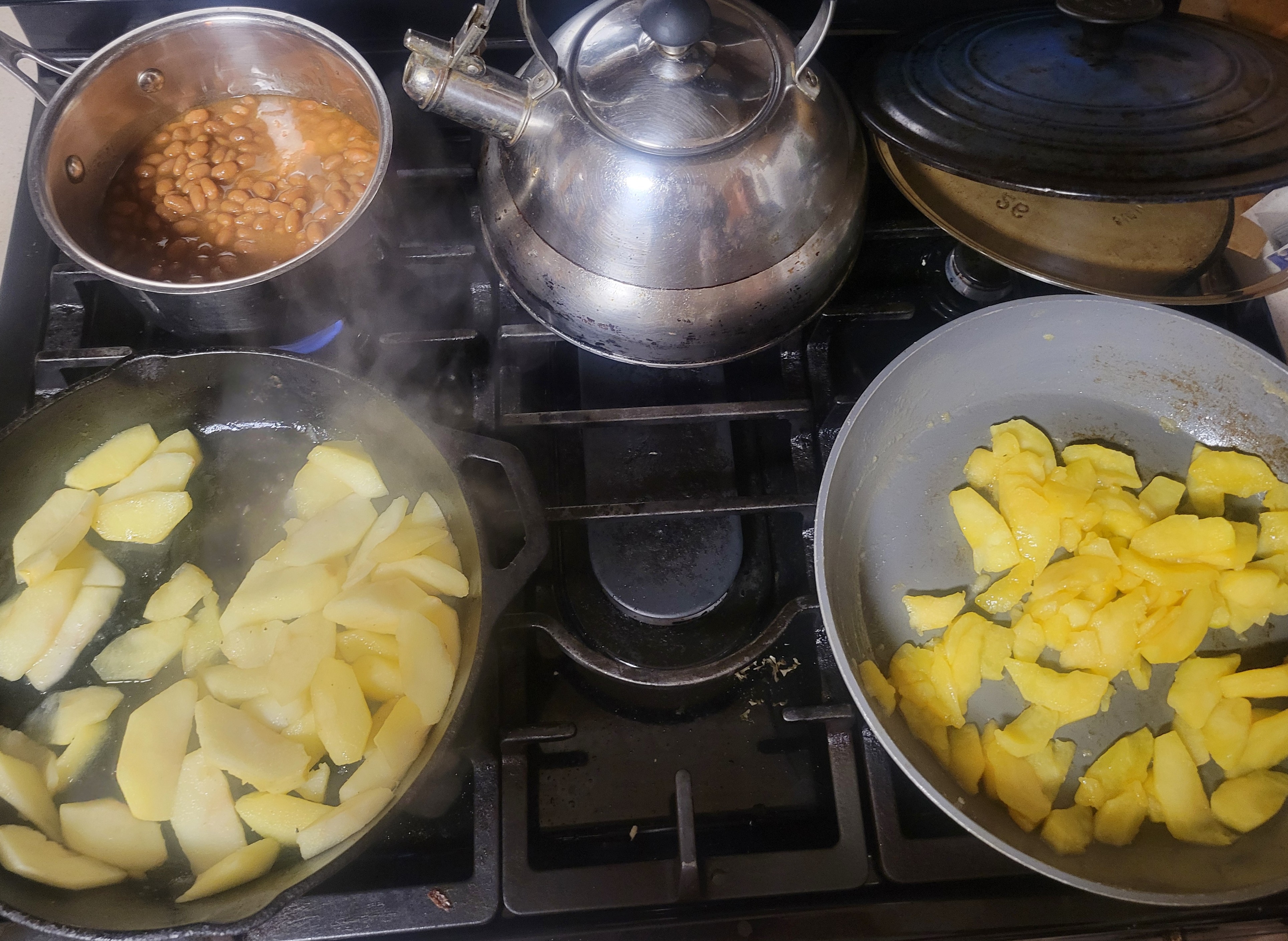Miss Parloa was a household name in late 19th century America. As the author of numerous well-known cookbooks, teacher of cooking schools in Boston and New York, and the domestic editor for The Ladies’ Home Journal, Maria Parloa rose far above the obscurity of her origins as an orphan and domestic servant.
Miss Parloa was known for promoting cooking and the management of the home as a science worthy of professional respect, and her cookbooks are notable for their clear and detailed instructions. This made her writing appealing and appropriate for novice cooks and young housekeepers, even as she popularized French-inspired cuisine among the growing American middle class. Parloa first came into the public eye with The Appledore Cook Book in 1872, published while she was pursuing a teaching degree at the Maine Central Institute, and based on her time as a pastry chef at the Appledore House Hotel. Her subsequent cookbooks, public lectures, and cooking schools continued to build on this success. As an unmarried woman who supported herself throughout adulthood she believed strongly in the importance of careers for women. While the primary clientele for her New York cooking school during the 1880s were young women from well-to-do families, she also held free classes in the evenings for immigrant women, for whom such skills could be the path to employment and a better life.

Miss Parloa’s Young Housekeeper: Designed Especially to Aid Beginners : Economical Receipts for Those Who Are Cooking for Two or Three (1897) by Maria Parloa
Miss Parloa's Young Housekeeper: Designed Especially to Aid Beginners: Economical Receipts for Those who are Cooking for Two or Three (1897) offers a wealth of advice for young women setting up house, from managing servants (or managing without servants), from a furnace to setting the table, and several hundred recipes to serve a small family. Among them is this recipe for “Fried Apples:”
Fried Apples
1 quart of tart apples
2 tablespoonfulls of drippings
1 tablespoonful of sugar
Pare and slice the apples. Put the drippings in a frying pan and set on the fire. When hot, add the apples. Cover the pan and cook until the apples are tender, turning them often. Add the sugar, and cook ten minutes longer.
These are particularly good when served hot with fresh pork.
Miss Parloa’s fried apples proved much more successful than last month’s experiment with avocado toast. A quart of apples is 4 cups, sliced, but this recipe is also easily halved for smaller quantities. If you would prefer to avoid drippings, you can substitute either butter or margarine.
I prepared two batches of fried apples: One with Idared apples - a moderately tart, juicy apple developed in the 1940s as a cross between Jonathan and Wagener apples, and (thanks to the generosity of a friend, who provided these historical apples!) a second batch with Northern Spy apples, which date back to 1840s New York state. Both dishes were delicious (it’s hard to go wrong with apples, sugar, and a little fat), but the Northern Spy apples brought these apples to a whole different level, both visually and in terms of taste. When fried, they developed a gorgeous bright yellow color and while they got much softer than the Idareds, this manifested not as a mealy mushiness but as an almost buttery smoothness. If you’re able to get your hands on some of these heirloom apples, I highly recommend trying this recipe!
